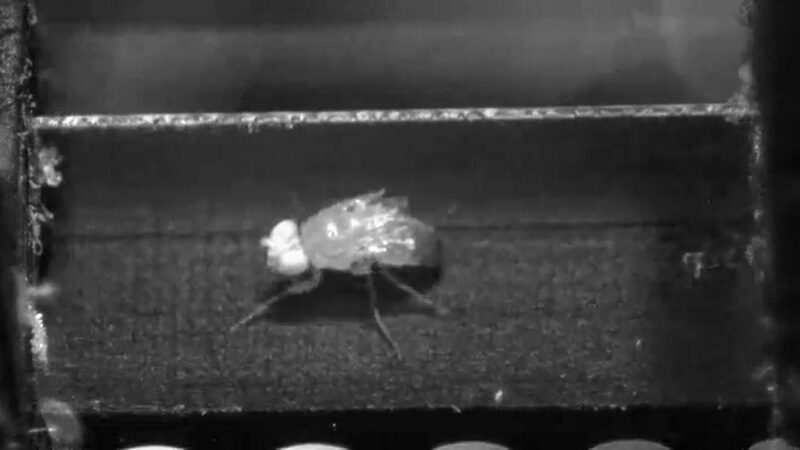Excitation (noun, “Eck-sy-TAY-shun”)
In chemistry, the word “excitation” refers to adding energy to electrons in atoms.
Atoms consist of three main types of particles. Those are protons, neutrons and electrons. Protons and neutrons make up the atom’s nucleus. But electrons reside in the space outside the nucleus.
Out there, electrons occupy different energy levels. “Ground state” electrons exist in lower energy levels. But electrons can absorb energy. Possible energy sources could be light, heat or electricity. Electrons that absorb energy can move to higher energy levels. Such energized electrons are said to be “excited.”
Excited electrons are unstable. They cannot last long in this energized state. As a result, they quickly shed their extra energy in the form of light. This returns an electron to its ground state. Electrons in atoms of different elements release different wavelengths of light. If the wavelengths are in the visible part of the light spectrum, we see them as different colors.
If an electron absorbs more than a certain amount of energy, it can get kicked out of its atom. Losing an electron makes that atom a positively charged ion. However, the word “excitation” only refers to electrons bound to atoms.
Excitation plays a key role in many chemical reactions in nature. For instance, excitation allows plants to harness sunlight for energy. People also have made creative use of excitation. Take fireworks. Their bright colors come from the electrons of different elements returning to ground states. Yellow fireworks come from energized sodium. Blue often comes from energized copper.
Excitation is also key for semiconductors. These materials can conduct an electrical current. But only if their electrons are energized enough. A lot of modern tech depends upon such materials.
In a sentence
The excitation of nitrogen in the atmosphere can cause vivid, cone-shaped light bursts called blue jets.





